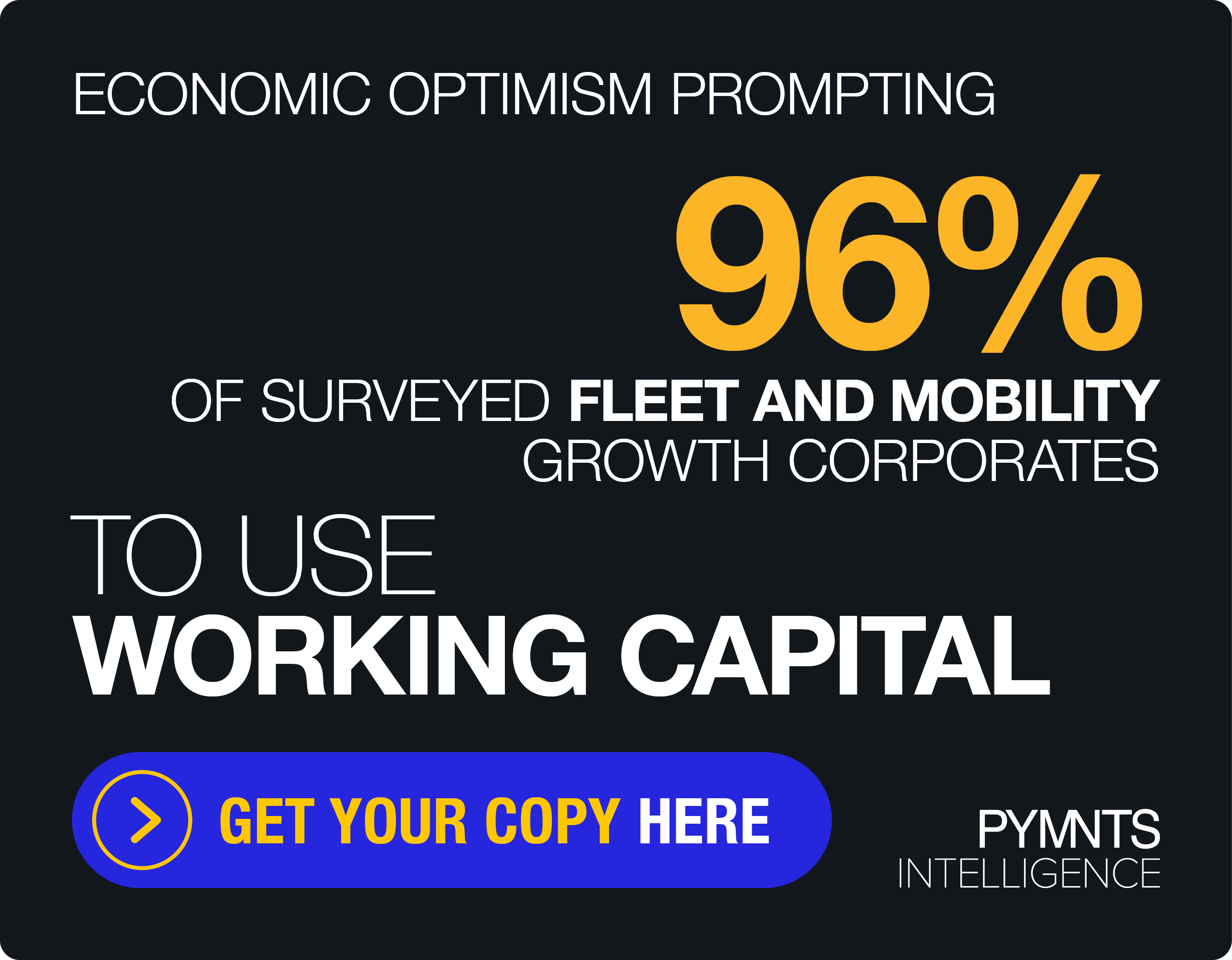The Evolution Edition: BoA, Online Lending And The Ubers Of X

While today may seem rather unremarkable — except for the fact that perhaps you’ve filed your taxes and are feeling less than wholly disposed toward the federal government — April 18 was a big day quite a few times in American history.
Arguably, in fact, American history begins on April 18, 1775, when Paul Revere and William Dawes took their wild ride, announcing “The [British] are coming,” which started the war that eventually made America a country. Exactly eight years later, on April 18, 1783, fighting officially ended for the American Revolution. The Americans had won the decisive battle of Yorktown a year and a half earlier, but wars were harder to stop before the invention of the telegraph or telephone.
Flash forward 78 years, and April 18, 1861 finds Robert E. Lee turning down command of the Union Army — instead choosing to lead the Confederate forces in the Civil War. Flash forward another 45 years, and and you get to the San Francisco Earthquake of 1906 — which got rocking on April 18.
The moral of the story, in the United States anyway, is that it is never a bad idea to be on the lookout for April 18 being a big day; it has a fairly productive track record in this regard.
So, what should you be watching? Well, historically speaking, battlefields and northern California, which actually isn’t too bad a guideline for the modern era either, as long as “battlefield” is defined loosely enough to include the various arenas of competition in the new era of digital financial services.
This week, we saw some big alliances, some strategic retreats and a couple of spectacular defeats.
For example…
Bank of America Friends Messenger
Facebook won a chunk of the news cycle last week with its F8 developer conference, particularly the announcement that it was opening up Messenger and making it easy for companies to build chatbots.
Bank of America cashed in on some of those headlines by announcing its collaboration with Facebook to use that new capability to stay connected with their customers.
The Charlotte-based bank, which has an asset value of over $2 trillion, is among the first to work with Facebook on developing the platform for banks. Phase one of the release, Bank of America said, would entail capabilities that included real-time alerts and direct communication through the Messenger platform, which it plans on utilizing to connect its 47 million consumer and SMB clients.
“As one of the first banks collaborating with Facebook Messenger, Bank of America sees tremendous potential in connecting our financial services expertise with Messenger to deliver enhanced access, convenience and value for our clients,” said Michelle Moore, head of digital banking at Bank of America. “We want to serve clients wherever and whenever they choose, and Messenger is a perfect complement to our connected banking proposition through 2016 and beyond.”
Bank of America’s fast sign-on with the Messenger program as a means to open new communication channels comes as it, like many big banks, struggles to make itself relevant to young customers. The highly desirable millennial consumer group has been increasingly picking FinTech solutions from startups over heavyweight banks.
Bank of America’s new Facebook-enhanced feature set is scheduled for release later this year, though a specific target date has not been set. Also still up in the air are what “phase two” development plans will look like, though some reports indicate the bank is expected to provide advanced account access to its users.
FinTech Lenders Slow Their Consumer Acquisition Roll
According to recent reports, FinTech lenders increasingly beset by the twin headwinds of rising interest rates and diminished investor demand are changing their approach by scaling back their marketing efforts in an attempt to slow their borrower acquisition.
The Wall Street Journal reported early last week that major names in marketplace lending — Prosper, Marlette Funding, Avant and loanDepot — are actively and intentionally ramping down efforts to expand their customer bases.
“[Investors were] purchasing these assets somewhat blithely without regard for the potential risks,” said Joshua Rand, chief operating officer of Petra Partners, which launched its first credit fund to invest in the sector in 2013 but recently stopped buying from certain lenders. “There has been a fair amount of lemming-like behavior.”
“It’s a reality check,” said Rob Stavis, a partner at Bessemer Venture Partners, who focuses on FinTech firms.
Investors, now less blithe and much more real, are looking for higher returns; buyers in a bond offering on Prosper loans a month ago were looking for 5 percentage points higher than a similar deal late last year.
Suddenly, it seems the hunt is no longer for borrowers but for buyer-investors interested in purchasing the securities backed on these loans. Securitizations have fallen sharply in early 2016. In the first quarter, $1.5 billion worth of online loan pools were sold, down 21 percent from the $1.9 billion sold in the fourth quarter of 2015, according to PeerIQ, a lending data tracker.
Larger firms have taken moves to boost investor interest.
Avant recently hired Raj Vora — formerly an executive director at UBS Group AG — to oversee the firm’s rollout of new in-house funds that will hold Avant loans. Prosper is pushing a passively managed fund for those looking to invest in the Prosper loan basket — instead of individually. SoFi created a similar fund earlier this year.
Those that are not looking to step up investor action are, in some cases, looking to cool down borrower interest and stoke demand by cutting supply. Loan volume at Marlette Funding fell 21 percent from the third quarter of last year to the fourth and seemed likely to decline again in Q1.
And while alt-lenders are hitting headwinds, it actually could be much worse. Over in the on-demand section of the digital economy, startups aren’t just hitting headwinds, so much as a big, brick wall.
The Uber Of Nothing Problem
In her commentary last week, Karen Webster noted the biggest problem with platform businesses isn’t platforms themselves; it’s the way we tend to view them. In particular, platform businesses of all stripes are easy to understand in concept but incredibly difficult to make relevant, scalable and, ultimately, profitable.
Which is why we’re seeing the strains and the fault lines in the startup economy.
“The most prominent VCs in the world, who see a thousand pitches a week, have also found out the hard way how complicated platforms are to scale and monetize. Online lending marketplaces are platforms whose model is starting to show signs of strain. As are the hundreds of delivery platforms who can’t scale because there’s too much supply and not enough paying consumers to drive the demand. Not to mention the hundreds of ‘Uber of Xs’ who have found that actually being an Uber is a lot harder than saying that you’re just like it,” she said.
And recently, the market said goodbye to two of those “Uber of Xs:” Zirx and Shuddle.
Zirx went down first. The San Francisco-based “Uber of Parking” shuttered its consumer-facing, on-demand valet service in February.
Zirx CEO Sean Behr noted the company could not make the math work. When too many valets were on staff, it was hemorrhaging money in wages; when too few were, customers grew frustrated with long wait times.
And while it’s not an impossible proposition to balance supply of labor with the demand of consumers, Behr said that rousing up enough interest and getting to that point was too expensive a proposition for Zirx in the first place.
“In the consumer business, you’re on the hook for customer acquisition, you’re buying ads on Facebook, you’re giving out fliers,” Behr told Fortune. “When you launch a new on-demand market in the consumer side, the choice of the market and the responsibility of getting the revenue to come all rests in the on-demand company.”
But Zirx hasn’t completely folded. It’s still running what Behr described as an enterprise service that requires more resources than the company was able to provide while operating both sides of the on-demand valet coin. How it plans to scale in the B2B version remains to be seen.
But at least Zirx could be getting a second life in B2B. Not so for Shuddle — an “Uber for Kids” service that just couldn’t make it work.
The firm’s main selling point was its extremely rigorous safety standards, with full background checking for all drivers and monitoring to make sure that once a passenger was in the car, the driver stayed on route no matter what. In return, the drivers would have the ability to do things that might seem somewhat far afield for the average Uber driver, like checking kids out of school and such.
But after raising a little over $12 million in funding, the model didn’t work out, and Shuddle announced it was closing.
So, what did we learn this week? Well, it is time to adapt or die for many businesses out there, as the market is moving away from “what can be done” to “what can be done as a real business with a real balance sheet.” Bank of America is hoping to get on the cutting edge with chatbots, marketplace lenders are hoping to regroup and the “Uber of Xs” should be working on a business plan that doesn’t refer to someone else’s better executed business if they want to make it — and get funded.
But the lesson of April 18 is also to be on the lookout for surprises. On April 18, 1998, two quarterbacks were drafted. The number one pick, Peyton Manning, just retired after a very impressive career. The 199th pick was a no-name quarterback called Tom Brady.
His far-more-impressive career is still ongoing.
You just never know with April 18.
